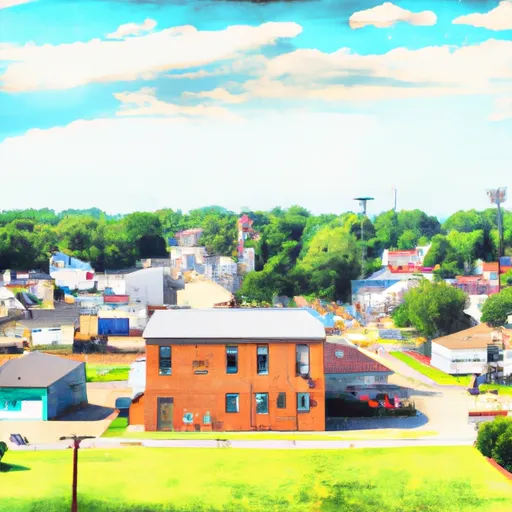°F
°F
mph
Windspeed
%
Humidity











Swanton, Ohio is a small village located in Fulton County, in the northwestern part of the state. The climate in Swanton is characterized by warm summers and cold winters, typical of the Midwest region. Average temperatures range from around 20°F (-7°C) in winter to 80°F (27°C) in summer.
Hydrologically, Swanton is situated near the Maumee River, one of the largest waterways in Ohio. This provides opportunities for various outdoor activities such as fishing, boating, and kayaking. The river is home to a variety of fish species, including walleye, smallmouth bass, and catfish, making it a popular spot for anglers.
In addition to the Maumee River, Swanton is surrounded by several parks and nature reserves, offering residents and visitors ample opportunities for outdoor recreation. Oak Openings Preserve Metropark is a notable natural area nearby, known for its diverse ecosystems, trails, and wildlife. Visitors can enjoy hiking, birdwatching, horseback riding, and even camping in designated areas.
Overall, Swanton, Ohio, offers a favorable climate, proximity to the Maumee River, and numerous outdoor recreational opportunities, making it an appealing destination for nature lovers and outdoor enthusiasts.
Weather Forecast
Swanton receives approximately 878mm of rain per year, with humidity levels near 83% and air temperatures averaging around 10°C. Swanton has a plant hardyness factor of 6, meaning plants and agriculture in this region thrive during a short period during spring and early summer. Most plants will die off during the colder winter months.
Regional Streamflow Levels
24
Cubic Feet Per Second
291
Cubic Feet Per Second
56
Cubic Feet Per Second
47
Cubic Feet Per Second
Nearby Camping
| Camping Area | Reservations | Toilets | Showers |
|---|---|---|---|
| Green Lake - Waterloo State Rec Area | |||
| Bishop Lake - Brighton Rec Area | |||
| Mary Jane Thurston State Park | |||
| Appleton Lake - Brighton Rec Area | |||
| Murray Lake - Brighton Rec Area | |||
| Pinckney State Rec Area |



